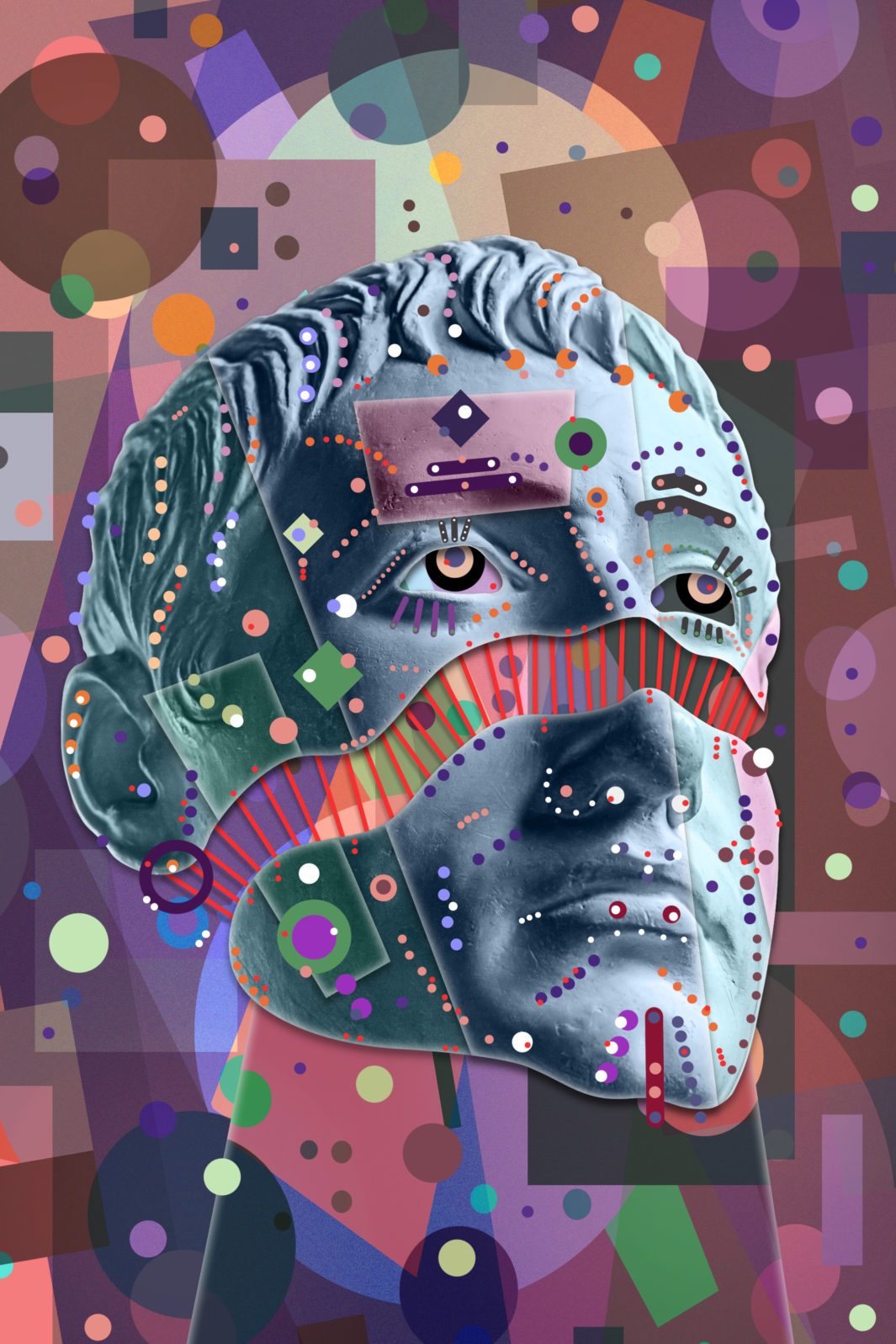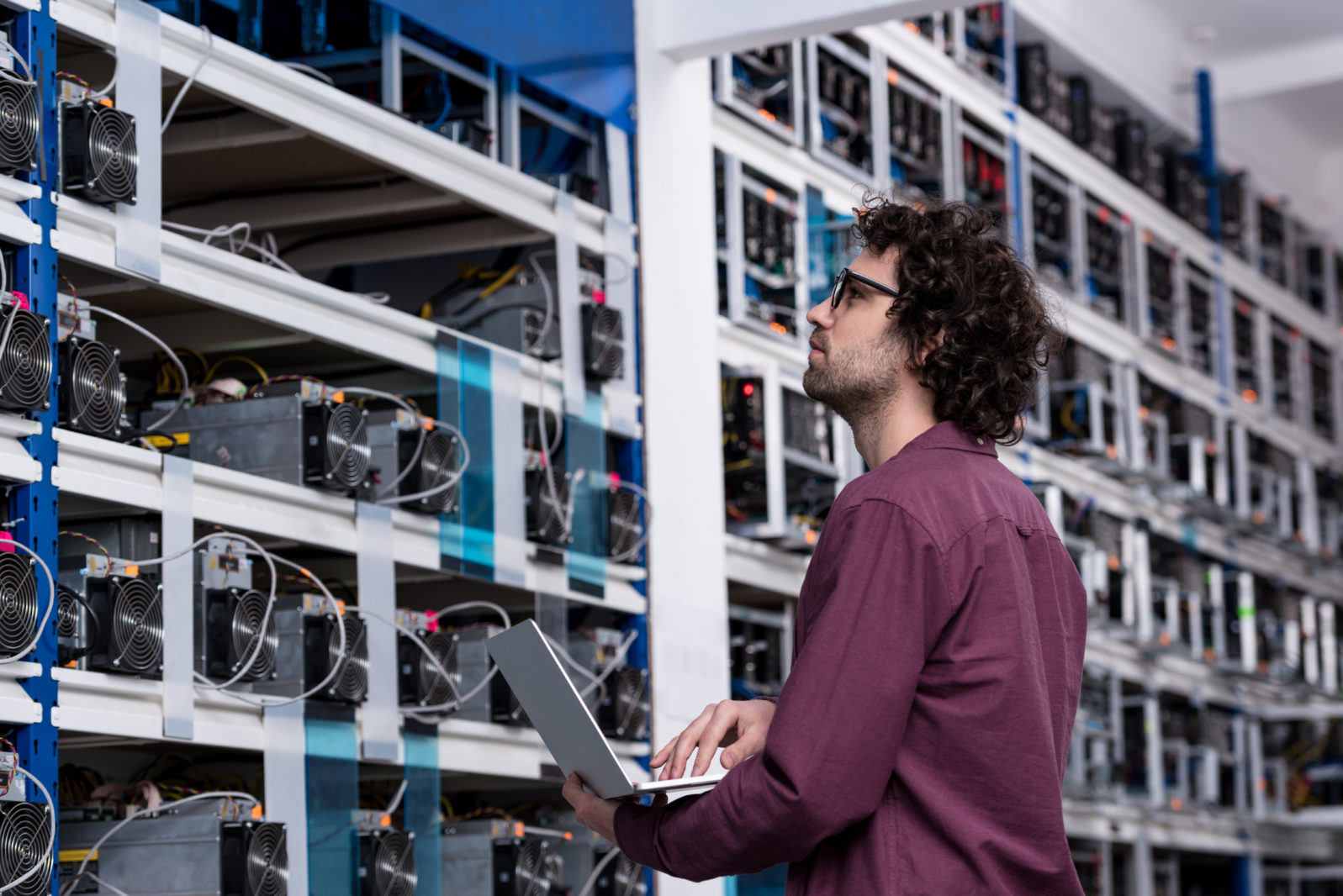What’s Really Happening With Bitcoin and Other Cryptos?
In the first part of this week’s podcast, “Web3: The next generation of the internet” (August 4, 2022), Walter Bradley Center director Robert J. Marks talked with graduate student Adam Goad about Web3, the coming internet of more privacy on the one hand and a metaverse of avatars on the other. So, only as wild as you want it to be, maybe. Now, postdoc Austin Egbert joins the discussion as they continue with how, at worst, Web3 could be a bit like sci-fi film Ready Player One. (2018).
Note: Re the metaverse, this week’s news reveals that Facebook executives are deserting Mark Zuckerberg’s metaverse in droves: “ … recent retreats point to deeper turmoil inside Meta. Some suggest it lies in the current visions of Facebook founder Mark Zuckerberg, and his increasing unwillingness to be challenged.” (MSN, August 3, 2022)
This portion begins at about 15:00 min. A partial transcript, notes, and Additional Resources follow.
Robert J. Marks: Tell me about Ready Player One. I’m not familiar with that.
Adam Goad: It’s in the near future and a full immersive metaverse technology has been released called The Oasis that people are able to plug into and fully experience. Well, actually, fully experience comes later in the series I believe, but it starts off with just a VR experience, but then you can buy a haptic feedback glove so then you can try to touch things and stuff like that. And basically the biggest company in the world is the one providing the service. Most people live in absolute squalor, but they spend all their time in The Oasis and are all right with it.
Robert J. Marks: I wonder if people have done any work into the psychological and social implications of this metaverse…
Adam Goad: I am no expert in psychology, but I believe it would be similar to, and perhaps more extreme than, the current problems and addictions we see with things like social media, people sending all day just scrolling through Facebook or Twitter. This would be a fully immersive version where they have far more shiny buttons to click on.
Robert J. Marks: Yes. I just read an article by Andrew McDiarmid, who has hosted Mind Matters podcasts for us. He just wrote an article about one of the stars of a sitcom called Fresh Off the Boat, who went through a period where she tried to commit suicide because of social media, and she recognized it was because of social media that she had these psychological problems.
Note: Social media can literally kill. It killed Cheslie Chryst. Andrew McDiarmid discusses how Chryst’s suicide — and Constant Wu’s thwarted attempt — spotlight the toxic cyberbullying that is intrinsic to BigTech’s formula for success. Many now ask whether teens who can’t drink, drive, or own a gun should even BE on social media, given the uptick in teen mental health issues since 2010. (July 25, 2022)
The conversation then turned to blockchain and Bitcoin
Robert J. Marks: Let’s talk about blockchain a little bit. I don’t know if we got into it, but my understanding is that it’s a chain of little pieces of software that are linked together. I don’t know. Could you elaborate on that a little bit? Why is it so important, especially for privacy?
Adam Goad: Yes, so a blockchain is a chain of blocks. Each of these blocks for Bitcoin contains the ledger of the most recent transactions. Once blocks are added to the chain, the transactions become official. In order to ensure privacy, and in order to ensure that these transactions are valid, a large amount of cryptographic security goes into this. That takes place through “mining.” What the miners are doing is solving cryptographic problems, fighting for the rights to add the next block to the chain. When they add that block to the chain, they get a flat reward in Bitcoin just for adding it. I believe right now it’s about 6.25 Bitcoin.
Robert J. Marks: I know that Bitcoin goes up and down, but what is that worth?
Adam Goad: Today, a Bitcoin is worth just about $21,000.
Robert J. Marks: So, if you are successful in this mining, you get six times 21, or $120 some thousand dollars. Is that right?
Adam Goad: Yes. And that is why so many people are getting involved. Entire companies are being built around Bitcoin mining.
Austin Egbert: One thing to note is that, with Bitcoin mining specifically — and Adam may come to this in a moment — they have to continue to ramp up how hard it is to generate a block in order to keep this artificial difficulty level in it — to keep anyone from being able to take over the network …
You can’t just mine Bitcoin on your computer at home like you used to be able to a decade ago. It’s progressed to the point where people are having to custom order dedicated chips specifically designed to compute the algorithm used in mining Bitcoin. That requires significant capital to purchase this specialty hardware and burn through immense amounts of electricity.
So you get $120,000 if you successfully mine one, but there’s a lot of money that goes into even having a chance at that in the first place.
Robert J. Marks: As you mentioned, their consuming of electricity is just enormous. And some of them have heat sinks in order to get rid of the heat which is generated by their computers. I have heard they have moved up close to the Arctic circle where things are cold.
Adam Goad: But here in Texas, I have some friends who work with power distributors and they tell me that we have lots of companies trying to move here and open Bitcoin farms. Basically you buy a giant warehouse, you fill it with these specialized computers Dr. Egbert was talking about, and you just plug in a ton of power and you cool it down and it mines Bitcoin all day.
Robert J. Marks: Wow. But it’s getting more and more difficult. It’s a situation where the more mining you get, you get diminished returns. Clearly some of these companies are just going to get to the point where they say, well, it isn’t worth it anymore, it’s just too hard to mine the new level of difficulty. Do you see that coming or is the investment in these Bitcoin farms still on the rise?
Adam Goad: With Bitcoin, there is only a set amount of Bitcoin, so there will come a time in the next few years when Bitcoin is over, basically. The rewards for mining will basically go away and there will be very little incentive for people to continue mining it.
So where’s the money in the business after all the Bitcoins are mined?
Austin Egbert: I believe that miners get money from two sources, essentially. There is the actual mining reward of new Bitcoin entering the system. But I believe there’s also transaction fees that the miners charge that get tacked on to whoever’s making a transaction. So if I want to send money to you, Adam, I have to pay a small fee. That then goes to whoever successfully mines the block, is that correct?

Adam Goad: Yes. Those fees are known as gas fees and, depending on which blockchain you’re using, some of that could go to the chain itself and be burned or destroyed to create a little deflation. A part of it would also go to the miners themselves, yes.
Austin Egbert: I think longterm, those gas fees are what end up providing the incentive to keep the network running.
Adam Goad: Yes, they very well could. And that would also mean, though, that they would probably rise significantly when this time comes.
Robert J. Marks: Is gas an acronym?
Adam Goad: It is not. It is just similar to gasoline makes your car run; “gas” makes the blockchain run.
Robert J. Marks: I see. So this reminds me of actors in sitcoms, like Seinfeld. They used to get paid their salaries for their weekly shows, but now they still get residuals in all of the reruns. And that’s basically what the gas fees is, isn’t it? It’s getting residuals from the reruns, from the reuse of Bitcoin.
Adam Goad: Yes. You only receive it when you mint a block onto the chain. You do not get it continuing, but yes.
And what about the new market for non-fungible tokens (NFTs)?
Austin Egbert: Now, one thing to note is, I believe if I’m wanting to send money to Adam, I can choose how much gas I want to spend on that transaction. It will incentivize people to choose my transaction to focus on putting on the blockchain.
Adam Goad: Yes. And that can be a very competitive thing, particularly with NFTs non-fungible tokens.
A new exciting NFT will enter the market through what is known as a mint. To mint this NFT, that is an on chain transaction. So, whoever is willing to pay the most gas fees will get it first. If there’s only a limited amount and lots of people want it, people are willing to pay thousands or tens of thousands of dollars in these fees to ensure they get them.
Some examples of NFTs:
Robert J. Marks: Well, we’re going to talk about non-fungible tokens, which I tell you, I don’t get, in the next podcast…
Last topic. Bitcoin was the first cryptocurrency. Cryptocurrencies are just biting the dust today. I’ve read that a lot of the companies are declaring bankruptcy, that they just didn’t catch on… Do you have any thoughts?
Adam Goad: I am no expert in economics but it came with the decline of pretty much everything else as well. It tracked down with the fall of the stock markets and all other commodities. So we are seeing that several smaller projects are not succeeding, but people just aren’t investing money right now.

I think that the larger projects, Bitcoin, Ethereum, and such, they will make it through and they will rise once again, most likely. A lot of them, actually, if you look at the value of them, are still higher than where they were a year, a year and a half ago. It is just that they were so high about six months ago that we’ve seen this fall down by 60-70% in some cases. That just feels like it’s come down so much, but really it is still very high.
Robert J. Marks: Could that be just a characteristic of a bubble? That everybody got interested in it, and then the bubble popped?
Adam Goad: I think it is. Particularly, we’ll get into it more here, but NFTs, I think we’ve definitely seen a bubble and that the bubble has popped. But I think that the technology is still there and that there is very much a chance for a comeback.
Next: The mysterious market for non-fungible tokens (NFTs)
Here’s the first part of Episode 1: Why don’t some tech moguls like Web3, the new internet? Web3 is a decentralized, less controlled version of the internet, as George Gilder predicted in Life After Google. However, some developers want to go further and make Web3 a virtual reality in which our avatars can live, as in the film Ready Player One.
And the second: What’s really happening with Bitcoin and other cryptos? How, for example, will miners make money when all the bitcoins have been mined? Robert J. Marks, Adam Goad, and Austin Egbert discuss what we hope is NOT the metaverse future, along with where Bitcoin and NFTs are headed.
Here’s the first part of Episode 2:
When you buy a non-fungible token (NFT), what do you own? You are buying someone’s digital idea. Just what legal rights that NFT confers is an open question. But the NBA is now selling them… Iconic images sweep the internet. With NFTs, a collector can say, I OWN that meme! Robert J. Marks and fellow engineers ponder what “own” means here.
You may also wish to read: How can non-fungible tokens (NFTs) be made to work better? Bernard Fickser offers twelve steps to handling NFTs in a way that dispenses with cryptocurrency-based blockchains and works in ordinary online marketplaces like eBay. In Fickser’s view, NFTs can work if they avoid self-serving cryptocurrency blockchains like Ethereum and enable real-world legal transfers of ownership.

And the second:
What gives NFTs (non-fungible tokens) their value? But first, a tour through the seamier side of the internet, supported in large part by the very blockchain that mints NFTs. If computer engineering prof Robert J. Marks wanted to market his cartoons as NFTs, what would he do? What would it cost? Adam Goad explains.
Here’s the first part of Episode 3:
Are NFTs a bubble that has just plain popped for good? Despite the crypto crash, they seem to be developing a life of their own — in ticket sales, for example. The NFTs that sell well now provide more than just “ownership” of an image, Adam Goad tells Robert Marks. They could be a marker of membership.
And the second:
Why didn’t decentralized organizations work in the crypto world? DAOs broke down when people tried to make them interact with the outside world. Adam Goad tells Dr. Robert Marks, as soon as you get a human involved, that human can do something that the code is not telling it to do.
Additional Resources
- Adam Goad at IEEE Xplore
- Dr. Austin Egbert at IEEE Xplore
- ”Just As Cryptocurrencies Went Mainstream — a Huge Collapse!” by Jonathan Bartlett at Mind Matters News
